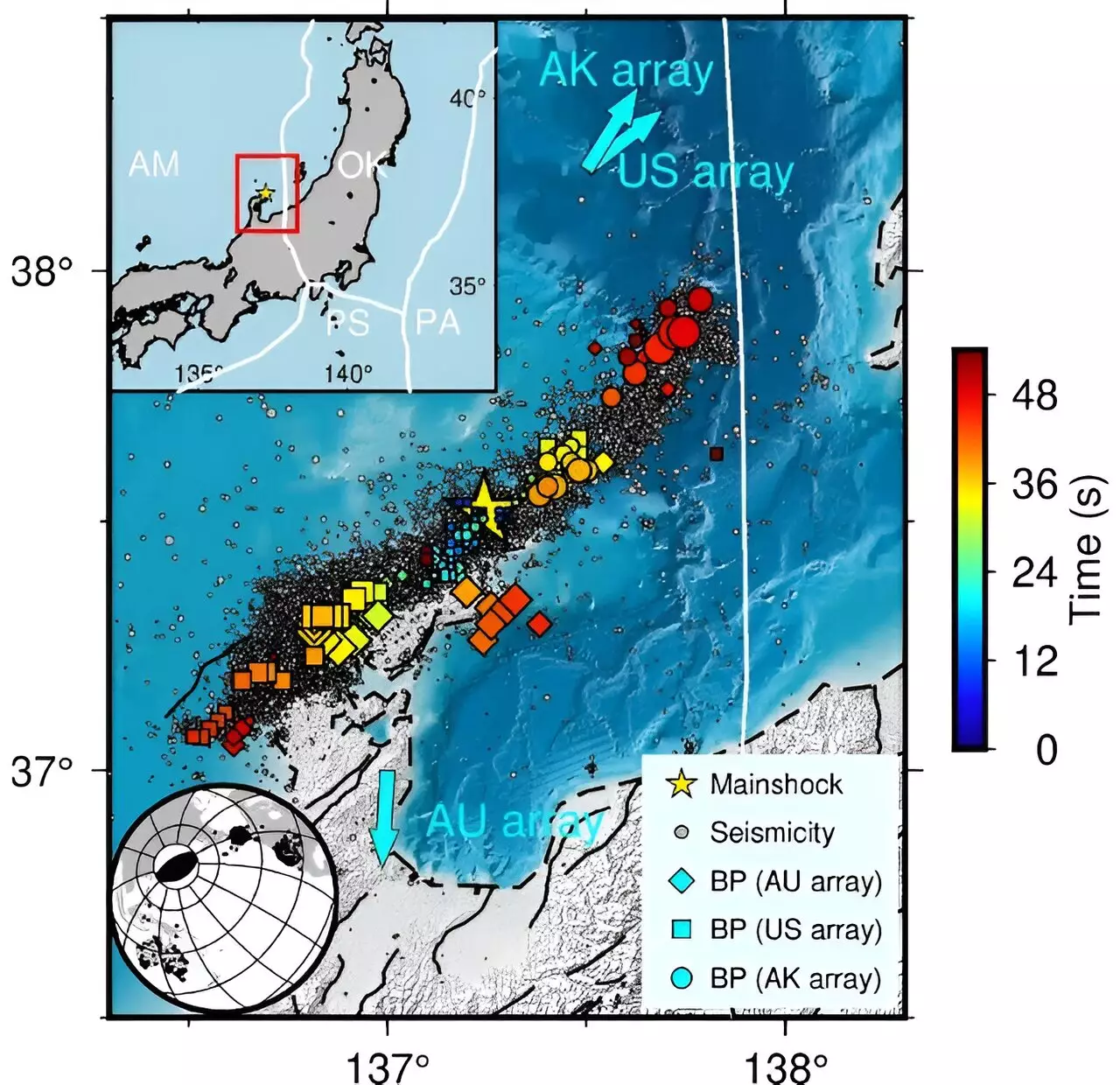The year 2024 kicked off with a devastating magnitude 7.5 earthquake beneath Japan’s Noto Peninsula on New Year’s Day, claiming the lives of over 280 individuals and causing significant damage to more than 83,000 homes. This event marked the beginning of a tumultuous year in terms of seismic activity, with researchers later uncovering crucial details about the earthquake’s unique initiation mechanism.
Earthquakes occur when faults in the Earth’s crust allow rocks on either side to move past each other. The movement is not continuous along the fault due to its uneven and rough nature, which results in the dissipation of energy. A barrier, known as an asperity, locks the fault in place and absorbs the energy of fault movement, slowing it down or preventing it from occurring altogether.
The recent study published in the journal Science highlighted the significance of fault barriers in earthquake genesis. Researchers discovered that the Noto earthquake exhibited a rare “dual-initiation” mechanism, where the seismic rupture began almost simultaneously at two different points on the fault. This unique mechanism applied intense pressure on both sides of the barrier, ultimately leading to a powerful release of energy and substantial ground shaking across the Noto Peninsula.
By utilizing advanced seismic and geodetic technologies, the research team meticulously analyzed the movements within the Earth during the seismic swarms that preceded the earthquake. This in-depth analysis provided valuable insights into the relationship between fault barriers and seismic events, ultimately improving seismic risk assessments and earthquake forecasting.
Led by a team of international researchers, the study identified a previously unknown barrier in the region, shedding light on the complexities of earthquake initiation mechanisms. The discovery of the dual-initiation mechanism, where the earthquake began in two separate locations and converged at the barrier, was a groundbreaking finding in the field of seismology.
The findings from this study emphasize the intricate nature of earthquake initiation and highlight the critical conditions that can lead to large-scale seismic events. Earthquakes with dual epicenters pose a higher risk for stronger shaking due to the intensified movement. As researchers delve further into understanding these mechanisms, future scenarios will be considered to assess the conditions and probabilities of such seismic events.
The study on the complex nature of earthquake initiation mechanisms provides valuable insights into understanding seismic events and improving risk assessments. The discovery of the dual-initiation mechanism in the Noto earthquake serves as a significant contribution to the field of seismology, paving the way for further research and advancements in earthquake forecasting. As scientists continue to unravel the complexities of fault barriers and seismic activity, they strive to enhance our preparedness for future seismic events.


Leave a Reply